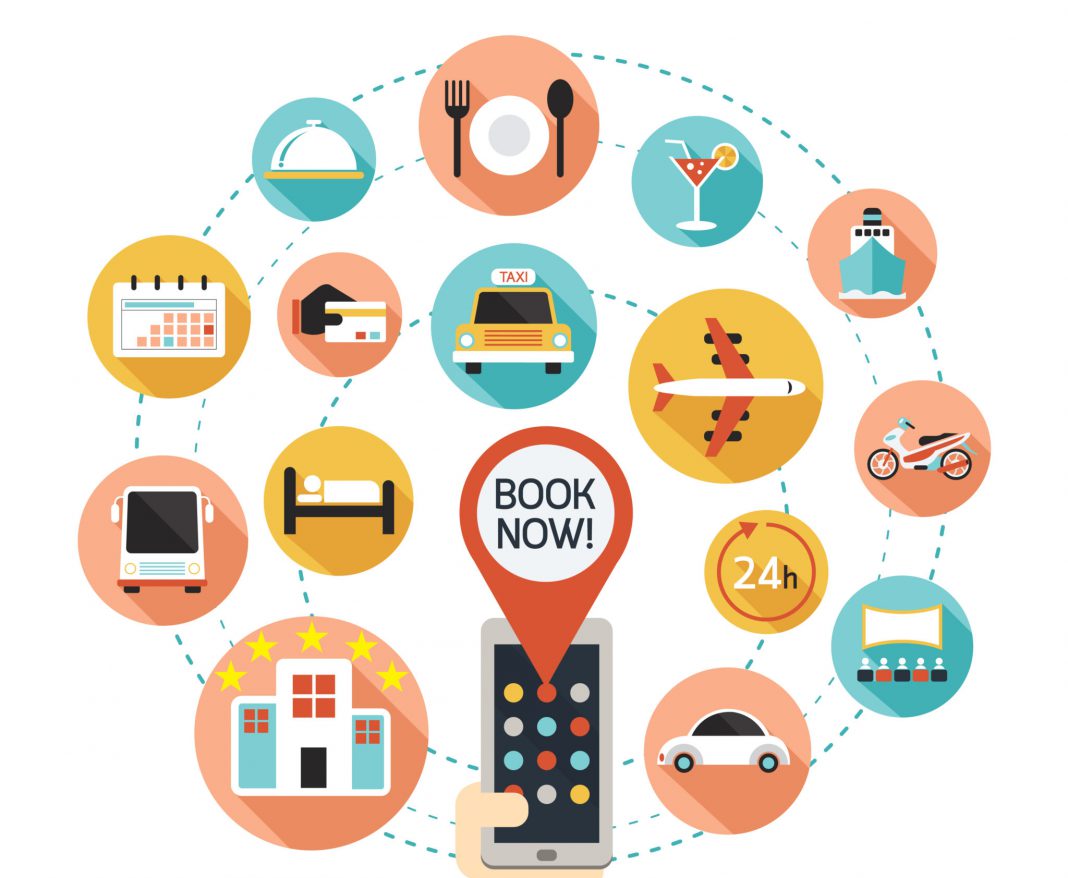Covid-19 has surely had an immense impact on air travel and revenues. However the fact that most of the world’s airlines survived the unthinkable, is an accomplishment in itself. Global airline revenues dropped more than 55 per cent for 2020 and airlines like AirAsia, Etihad, Ryanair, Singapore, and Wizz Air recorded losses of over 70 per cent of their overall revenue.
But 2020 was also a year of reckoning. Airline operations changed protocols, upgraded their retailing abilities, made dramatic financial, network, and marketing moves to balance the losses, preserve core functions and simply survive.
According to the 2021 CarTrawler Yearbook of Ancillary Revenue, produced by IdeaWorksCompany, while airlines suffered losses, several others saw a boost in revenue from their ancillary products and services.
In a first, four budget airlines generated more revenue from ancillaries than they did from ticket sales in 2020. Allegiant, Spirit, Viva Aerobus and Wizz Air, all earned more than 50 per cent of their total revenue from ancillaries last year.
And it wasn’t just the budget carriers, but a look at the world’s 75 largest commercial airlines showed that average ancillary revenue as a percentage of total revenue last year was at 14.6 percent – a rise of 12.1 percent over 2019.
The launch and roll-out of IATA’s New Distribution Capability (NDC) has been a major contributor here, as merchandising of Ancillaries took a new role. NDC enabled a massive shift in the way air products are retailed to corporations, business, and leisure travelers, while providing access to new and creative merchandising opportunities that was not available elsewhere.
Ancillary revenue is generated by activities and services that yield cashflow for airlines beyond ticketing. This opens a broad spectrum of activities including commissions gained from hotel bookings, the sale of frequent flyer miles to partners, and the provision of a la carte services − providing more options for consumers and more revenue for airlines.
More than $34.7 billion of ancillary revenue was sliced from the 75 airlines during 2020. However, a closer look at the statistics also reveal how ancillary revenue grew in financial importance and effectiveness during the pandemic.
Ancillary revenue as a percent of total revenue is a key measurement. It reflects results for traditional and low cost carriers. Ancillary revenue per passenger is another key statistic. With passenger traffic dropping to absurdly low levels, a modest amount of ancillary revenue can dramatically affect outcomes for this statistic. This is especially true for revenue-producing activities which don’t directly correlate to traffic, such as airline co-branded credit card programs. The CarTrawler Yearbook results reveal ancillary revenue per passenger jumped by nearly $4 to $25.33 for 2020 from $21.56 for 2019.
Another area that promised growth for airlines is the airline loyalty programs. In 2020, overall revenue from the five largest US airlines’ frequent flyer programs rose on a per-passenger basis by $37.64 more per flight, a 46.4 per cent increase from a year earlier. This was mainly driven by co-branded airline credit cards.
The five largest U.S. airlines (Alaska, American, Delta, Southwest, and United) generated revenue of $11.1 billion from their frequent flyer programs in 2021, or $37.64 per passenger, according to the report’s calculations. Other airlines in the top 10, such as Air Canada, Japan Airlines Group, Qantas Airways, and United also benefited from frequent flyer programs which generated good results during the pandemic.
But can travel agents get a share of this ?
Yes. Even for travel agents and OTA’s, incorporating ancillary services is the best way to make up for lower profit margins while ensuring customers travel experiences are met. Ancillary services refer to all the “add-ons” travelers need on their holiday or a business trip. These extras are what make a traveler’s experience comfortable and enjoyable.
Ancillaries form a core feature of IATA’s NDC, which now offers carriers new ways to learn more about their customers and provide them additional services, based on their preferences. These ancillaries are offered at an additional fee and given the small margins in ticketing services, the fees are a large contributing factor to generate profits.
Airlines are always looking for new ways to deliver personalized content to their travelers. Previously, ensuring that their customer’s needs were met or even reaching out to them directly was impossible, on the traditional GDS channels. The new NDC-standard has resolved that issue and have given all the control to the airlines.
As for travel agents, the sale of these hyper-personalized ancillaries may, in the future, even open new avenues to earn direct commissions from NDC-airlines.
So what are some of the Ancillary services that can help boost revenue?
Pre-departure: from applying for visa, exchanging foreign currency, buying travel insurance and ensuring pickup at the airport;
In Flight: on-board sale of meals, baggage check-in and excess baggage, seat upgrades, priority check-ins and screening, paid in-flight entertainment system and access to Wi-Fi;
Airport Services: Easy access to airport services such as free parking, wheelchair assistance, terminal transfers, airport lounge access as well as car hires and local transfers whether with a rent-a-car or taxis;
Ground Services: access to a professional local guide or city tour for access to tourist sites, events, theater tickets and Spa experiences. Access to local public transport with train or bus passes;
Loyalty Programs: Services like free cancellation, guaranteed cashback, priority boarding, business class upgrade and additional free-night stays.
The modern traveler prefers to coordinate their travel needs online and in one place. Offering them these personalized experiences are sure to result in customer satisfaction, which in turn leads to loyalty and retention while also boosting revenues and allowing travel agencies to maintain that much needed competitive edge.


